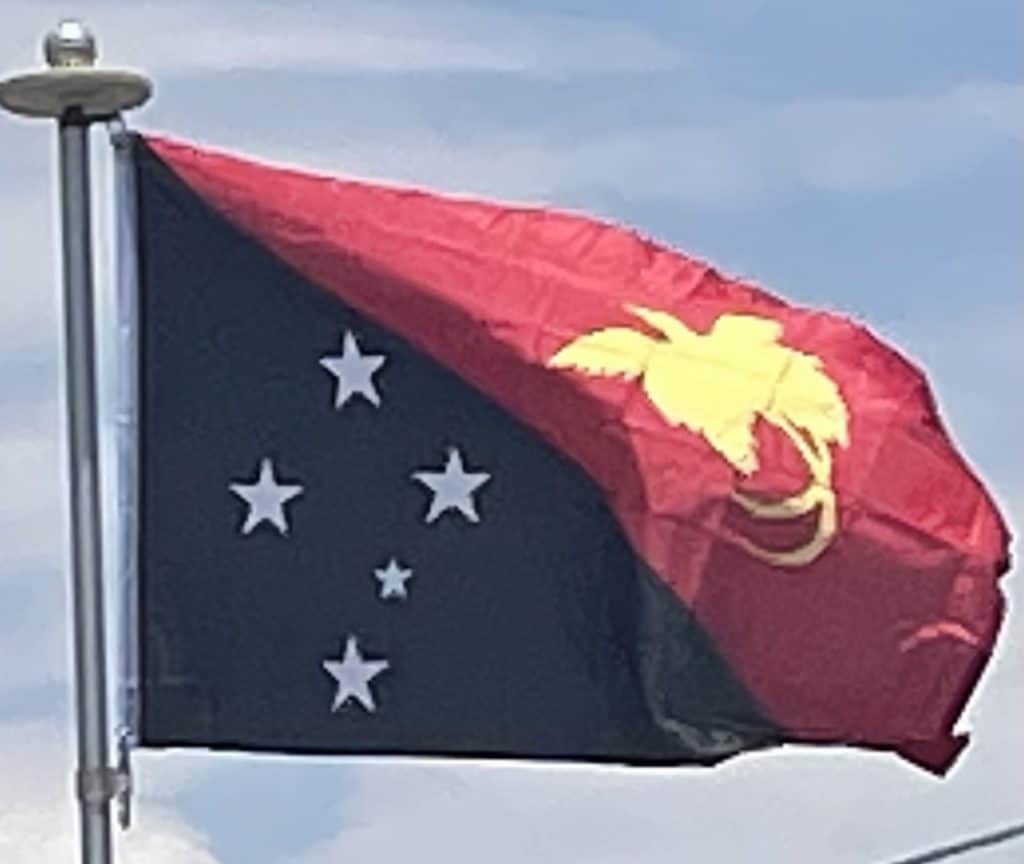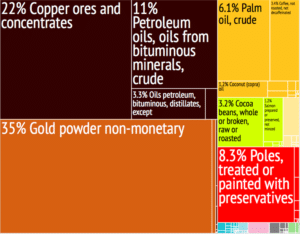
Agriculture, for subsistence and cash crops, provides a livelihood for 85% of the population and continues to provide some 30% of GDP. Mineral deposits, including gold, oil, and copper, account for 72% of export earnings. Oil palm production has grown steadily over recent years, with palm oil now the main agricultural export. Coffee remains the major export crop (produced largely in the Highlands provinces); followed by cocoa and coconut oil/copra from the coastal areas, each largely produced by smallholders; tea, produced on estates; and rubber. The Iagifu/Hedinia Oil and Gas Field was discovered in 1986.
Transportation:
Transport in Papua New Guinea is heavily limited by the country’s mountainous terrain. As a result, air travel is the single most important form of transport for human and high density/value freight. Airplanes made it possible to open up the country during its early colonial period. Even today the two largest cities, Port Moresby and Lae, are only directly connected by planes. Port Moresby is not linked by road to any of the other major towns, and many remote villages can only be reached by light aircraft or on foot.
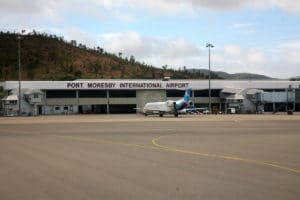
Jacksons International Airport is the major international airport in Papua New Guinea, located 8 kilometres (5 mi) from Port Moresby. In addition to two international airfields, Papua New Guinea has 578 airstrips, most of which are unpaved.
Flag of Papua New Guinea:
The flag of Papua New Guinea was adopted on 1 July 1971. In the hoist, it depicts the Southern Cross; in the fly, a raggiana bird-of-paradise is silhouetted. The design was chosen through a nationwide design competition in early 1971. The winning designer was Susan Karike Huhume, who was 15 at the time.
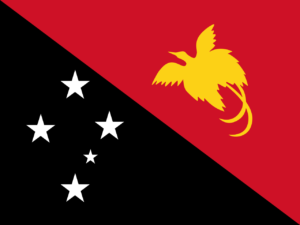
Red and black have long been traditional colors of many Papua New Guinean tribes. Black-white-red was the color of the German Empire flag, which had colonized New Guinea prior to 1918. The bird-of-paradise is also found on the national coat-of-arms.
Prior to independence, the Australian administration proposed a vertical tricolor flag with blue, yellow and green bands, along with the bird of paradise and southern cross, designed by Hal Holman. It had a mainly negative reception, due to its appearance as that of a “mechanically contrived outcome”, thus the alternative proposal attributed to Susan Karike was chosen instead. The blue was said to represent the sea and islands of New Guinea, the Southern Cross was a guide for the travelling peoples, the gold represented the coastlines, mineral wealth, and unity, and the green represented the forested highlands and mainland, with the Bird of Paradise representing the unification under one nation.
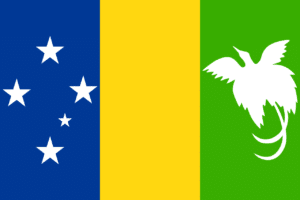
The Southern Cross shows that it is a country in the Southern Hemisphere and can be seen in Papua New Guinea.
